When should you start thinking about and setting up and going on college visits? In short, it’s never too early! We started taking our kids on purposeful college visits in 4th grade. Wherever we vacationed, we would find a college or two to visit in the area while we were touring or in a town along the way. It doesn’t have to be an organized tour, just stopping at area campuses and walking around, having lunch on campus and checking out the bookstores in the college towns is a fun way to spend an afternoon. While there, taking photos and collecting banners, pens, ornaments, T-shirts, coffee mugs, or other souvenirs from your favorite school visits is a fun way to remember each college.
Being involved in academic extracurriculars that are held on college and university campuses like Odyssey of the Mind, Destination Imagination, robotics, spelling bees, debate, Model U.N., math and science olympiads, and science fairs is a great way to visit campuses early. From 4th-12th grade, thanks to the Odyssey of the Mind program in our local schools, my girls attended regional and state competitions at various colleges in North Carolina, and the week-long world finals competitions were held on campuses in other states each year, so they were able to experience all aspects of campus life like living in dorms and eating in dining halls from a young age.
Summer camps are another great way to kill two birds with one stone when it comes to college visits. Athletes can sign up for sports camps, artists can sign up for art camps, and anyone can sign up for academic summer camps on college campuses. These summer opportunities can range from very expensive Ivy League and out-of-state options to very reasonable community college camps. If camps are held at local universities, students can be day campers without the overnight costs but the overnight options are where students really get a feel for the school and a small taste of college life by sleeping in the dorms and eating at the dining halls and playing your favorite sport in the athletic complexes.
North Carolina’s College and Career Promise Program (CCP) is the dual enrollment program where high school students can take college courses as dual enrollment options. This is also a great way to get a taste of college while still in high school, and you can get early college credits, a certification, or even an associate’s degree!
Covid pushed many things online, including campus tours. Almost all colleges have official virtual college tours now, and YouTube has a huge amount of unofficial college tour resources posted by students at the colleges, so you can visit schools anywhere from the comfort of your laptop and see the many different perspectives offered on schools that interest you without spending a dime.








